I would like to plot boxplots for several datasets based on a criterion. Imagine a dataframe similar to the example below:
df = pd.DataFrame({'Group':[1,1,1,2,3,2,2,3,1,3],'M':np.random.rand(10),'F':np.random.rand(10)})
df = df[['Group','M','F']]
Group M F
0 1 0.465636 0.537723
1 1 0.560537 0.727238
2 1 0.268154 0.648927
3 2 0.722644 0.115550
4 3 0.586346 0.042896
5 2 0.562881 0.369686
6 2 0.395236 0.672477
7 3 0.577949 0.358801
8 1 0.764069 0.642724
9 3 0.731076 0.302369
In this case, I have three groups, so I would like to make a boxplot for each group and for M and F separately having the groups on Y axis and the columns of M and F colour-coded.
This answer is very close to what I want to achieve, but I would prefer something more robust, applicable for larger dataframes with greater number of groups. I feel that groupby is the way to go, but I am not familiar with groupby objects and I am failing to even slice them.
. The desirable output would look something like this:
Looks like years ago, someone had the same problem, but got no answers :( Having a boxplot as a graphical representation of the describe function of groupby
My questions are:
- How to implement groupby to feed the desired data into the boxplot
- What is the correct syntax for the box plot if I want to control what is displayed and not just use default settings (which I don't even know what they are, I am finding the documentation rather vague. To be specific,can I have the box covering the mean +/- standard deviation, and keep the vertical line at median value?)

